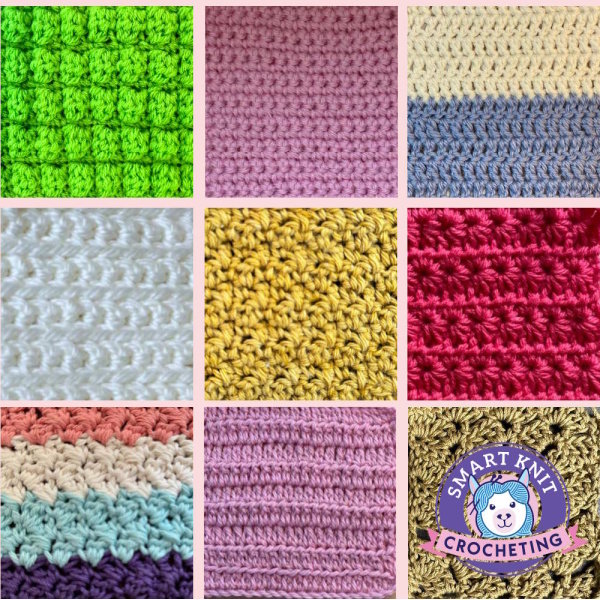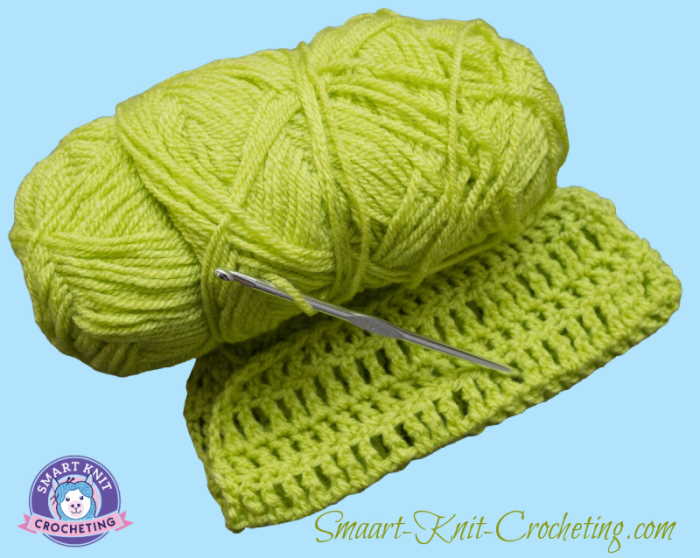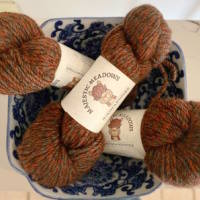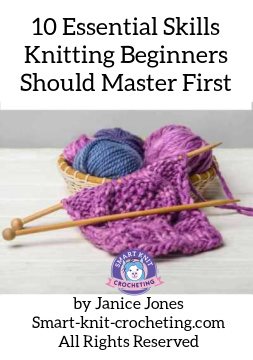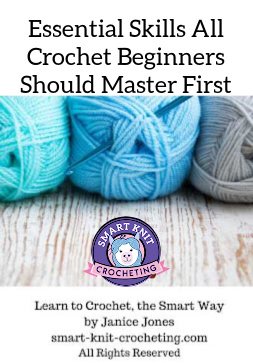- Home
- Grandmacore Knittng Crocheting
Grandmacore: A Return to Cozy Crafting and Timeless Traditions
In a world that often feels dominated by chaos, screens, and fast-paced routines, the Grandmacore movement has emerged as a comforting counterbalance, a celebration of the handmade, the nostalgic, and the profoundly personal, nostalgic lifestyle.
Rooted in the aesthetics and practices of past generations, Grandmacore invites us to reconnect with traditional crafts like knitting, crocheting, quilting, and embroidery, but with a renewed sense of purpose: slowing down, cherishing tactile experiences, and finding joy in what’s homemade.
At its heart, Grandmacore is about more than just fashion or home décor. It’s a lifestyle rooted in the warm, grounding traditions of our mothers and grandmothers. It brings to the forefront the essence of crafting from eras past, weaving together vintage style, self-expression, and community. It not only embraces vintage home décor but also slow living crafts.
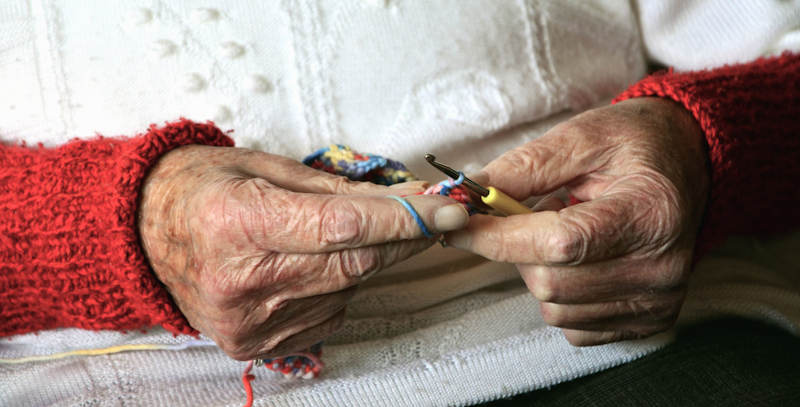 Photo by congerdesign on Pixnio
Photo by congerdesign on PixnioWhy this Article
You might be wondering why I’m writing about something that happened 60 or 70 years ago, when most of the posts on this website are instructional in nature or provide free patterns for knitting and crocheting.
Well, it’s not always fun getting old, but one thing many of us, “old” people have in common is memories. I also have many memories of crafting in my youth, long before the advent of smartphones and the internet.
I hope you won’t mind me sharing some of them with you. I hope that some of the things we used to do will resonate with you to the point where you might like to try them yourself.
Crafting Memories Across the Decades
For many, the beauty of Grandmacore lies in the memories it awakens:
Remembering the 1950s
- 1950s: A time when hand-knitted sweaters and crocheted doilies were more than decoration; they were treasured household staples. Women often gathered in living rooms with yarn and needles, trading patterns and stories, while children watched and learned the art of patience and creation.
- I was a child in the 1950s, and I watched and learned not only from my mother but also from my grandmother. Crafts were big then, but as a kid, there were only so many things I could do. However, I took full advantage of the time, sewing clothes for my Barbie dolls, making I-cords with the I-cord makers of the era, and weaving little potholders. It was during that time that I tried my hand at knitting and crocheting.
- I unconsciously absorbed it all: the crocheted tablecloth and matching doilies that covered sofa backs and armrests. The embroidered pillowcases, tablecloths, and placemats, and the knitted sweaters that everyone seemed to wear.
- Some of the yarn felt scratchy, and I later learned it was 100% wool. Needles and hooks felt icy cold in my hands. Even the smell of wet yarn on the blocking boards and the steam coming out of my grandmother’s iron stays with me to this day.
- Memories are funny things. Just remembering the smell of my grandmother’s chicken soup reminds me of the hours spent watching her knit and crochet. As I fumbled with the knitting needles, I often wondered if I would ever be able to make something so extraordinary as a sweater or vest.
Looking Back to the 1960s
- 1960s: The rise of bold colors and experimentation led to their incorporation into crafting. Crochet became vibrant and expressive, with granny squares bursting in psychedelic hues, reflecting the cultural shifts, and always sewn together with black yarn, making the colors pop even more. If we were not making granny square afghans, we were crocheting ripple blankets.
- Pastels became a thing of the past, unless you were making baby blankets, bonnets, or clothes. Bright oranges, purples, and greens were all the rage. Primary colors, such as bright reds, blues, and yellows, were also very popular in any craft you happened to be working on at the time.
- Crafting circles doubled as spaces of community, empowerment, and creativity. My grandmother spent at least one day a week crafting with her church friends, and my mother got together with others, sharing their homes while they pursued their crafts. I crafted with my sisters at home or took my projects with me when visiting friends’ houses.
- It was in the 60s that I tried out as many crafts as I could, either being taught or learn on my own. Remember, there was no YouTube, so knowledge came from a book or magazine, or, if you were lucky enough, from your mother, grandmother, aunt, or a caring neighbor who would teach you. If you could, you would buy magazines, but for me, it meant countless trips to the local library.
- If I weren’t sewing or knitting, I’d be working on a counted cross-stitch project, or embroidering a design on a placemat or handkerchiefs. Yes, we did have Kleenex back then, but hankies were still popular among little girls, and men still carried them in their back pockets proudly, knowing that someone had taken the time to embroider their initials in the corner.
- I enjoyed tearing up rags to crochet into a rag rug, or if you preferred, you could spend your time making hooked rugs. Needlepoint is less popular today, but in the 1960s, you might have found me making a needlepoint cushion or picture.
- There was little that we make today that we didn’t have in the 60s, even papercrafts. Handmade cards, scrapbooks, and decoupage remain very popular today.
The Decade of the 70s
- Today, we have sustainable or upcycled crafts. Back then, we didn’t have terms for them, but we would save anything that we could use to make something new. Berry baskets became Easter baskets. Empty, clean cans are transformed into beautiful pencil holders with the help of a little knitted or scrap fabric. Old newspapers were used to make papier-mache projects
- The handmade aesthetic went mainstream, with crochet vests, ponchos, and macramé wall hangings taking center stage in fashion and interiors. Crafting wasn’t just a pastime. It was a statement of individuality and a rejection of mass-produced uniformity. If I recall correctly, crafting supplies were well within the reach of most people, so you could make a dress for less than you could buy one.
- As a teenager, you were proud to wear whatever you created to school and extracurricular activities, knowing you would be noticed and receive compliments on your talents. All that mattered was that you made it, even if it had noticeable mistakes.
Moving Forward into the 1980s
When I reached my 20s and had my own home, I was just as excited to decorate with everything I had made: macrame plant hangers, needlepoint wall hangings, cross-stitch and embroidery framed art, and at least one or more granny square and ripple stitch Afghans.
Each decade holds a story of how crafting was both functional and fashionable, communal and deeply personal. These memories form the threads that bind today’s Grandmacore enthusiasts to generations past.
Why Grandmacore Resonates Today
In 2025, Grandmacore is thriving because it represents what many crave: creative expression, escape from the digital age, and connection. Connection to tradition, to creativity, and to the sense of calm that comes from working slowly with one’s hands.
Whether it’s making a crochet cardigan inspired by a grandmother’s pattern or simply enjoying the meditative rhythm of knitting, the movement is about savoring the journey rather than rushing to the result.
Speaking of the meditative rhythm of knitting and crocheting, numerous health benefits are associated with meditation. For those who meditate regularly, you know what I mean. But many of us struggle with traditional meditation techniques. Knitting and crocheting fill that gap. Crafting reduces anxiety and helps with mindfulness.
Many are flocking to crafting because it gives them a chance to turn off electronic devices and feel rejuvenated in the process. Still others discover that the rhythmic nature of say knitting and crocheting is a good way to meditate and practice mindfulness. Whatever the motive, these crafts can have real therapeutic benefits.
There is something primordial, in my opinion, in using one’s hands to make something. Crafts, such as knitting and crocheting, are one way to fulfill this elemental desire.
Grandmacore Benefits
Whatever your reasons to look back, there are some benefits to consider.
- A need for mindfulness, meditation, and anxiety reduction
- A yearning to embrace the slow fashion movement
- A good reason to unplug and disengage with technology
- A desire to engage in traditional handicrafts
- A love of nostalgic décor
- A craving to create a DIY cozy home
Frequently Asked Questions
What is Grandmacore?
What is Grandmacore?
A lifestyle movement celebrating traditional crafts, cozy living, and nostalgic home décor.
How does Grandmacore differ from Cottagecore?
How does Grandmacore differ from Cottagecore?
Cottagecore emphasizes rural, pastoral life, while Grandmacore focuses on the handmade traditions of mothers and grandmothers.
What crafts are most associated with Grandmacore?
What crafts are most associated with Grandmacore?
Knitting, crochet, quilting, embroidery, macramé, and other timeless handmade projects.
Where to Find Vintage Patterns
The Antique Pattern Library is an online project dedicated to preserving craft-related patterns that are in the public domain. You can filter patterns for knitting and crocheting, as well as many other vintage crafts.
The Internet Archive, also known as the Wayback Machine, is a non-profit library that includes books, movies, software, and websites. This is such an extensive site that navigating may be challenging.
Project Gutenburg is an online library of free e-books that are not protected under US copyright laws. You may find some books if you search for how-to. I did not see anything directly related to knitting or crocheting, but you might find a gem worth exploring.
Last Words
Grandmacore is more than a trend—it’s a way of remembering, slowing down, and reconnecting with what truly matters. Whether you’re knitting a scarf, crocheting a granny square blanket, or simply bringing a homemade pie to the table, you’re honoring a tradition that spans generations. By embracing the handmade and the heartfelt, we stitch together not only yarn and fabric, but also memories, community, and timeless comfort.

